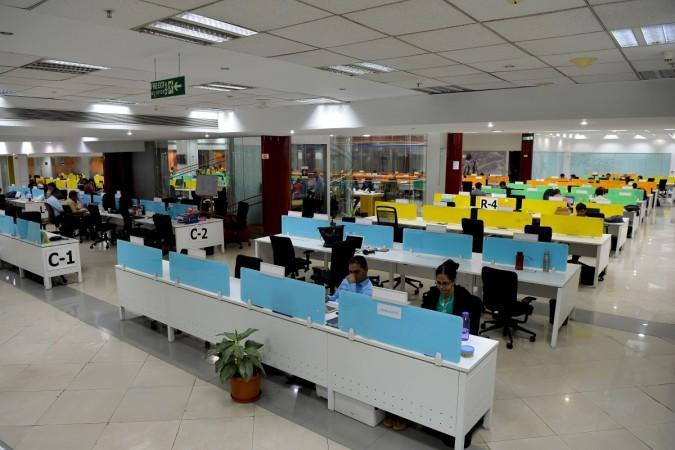
India's services activity gained momentum and limped out of the contraction zone in September driven by more demand that pushed firms to increase hiring at the fastest pace in over six years.
Both the services and manufacturing sectors suffered from plunging demand and entered the contraction zone soon after Prime Minister Narendra Modi introduced big economic reforms -- like the Goods and Services Tax (GST) and demonetisation -- that knocked down the economy which hit a three-year low of 5.7 percent in the April-June quarter from a year earlier.
The Nikkei/IHS Markit Services Purchasing Managers' Index surged to 50.7 in September from 47.5 in August. The 50-mark separates from contraction, Reuters reported.
A sister PMI survey showed that activity in the Indian manufacturing sector also expanded in September, despite output and new business growth remained weak due to the ongoing effects of the present economic shocks.
However, the economy now seems to be slowly limping back to growth after the economic shocks and the government on Wednesday, assured that growth will gain significant momentum in the coming quarters.
That optimism came after the Reserve Bank of India slashed its growth projection to 6.7 percent from its previous forecast of 7.3 percent in the October monetary policy meeting.
According to government sources, growth is estimated to accelerate to 6.4 percent during the July-September quarter, followed by 7.1 percent and 7.7 percent over the last two quarters of the current fiscal year that ends in March.
Also, India's two credit rating agencies ICRA and Crisil released data earlier this week that pointed towards the remarkable improvement in the financial health of the Indian companies that could bring cheers to policymakers and businesses too.
"We expect this trend to continue till demand firms up. Lower interest costs will provide further support," wrote Crisil in a report.

The government too, expected a helping hand from the Reserve Bank of India (RBI) in the form of an interest rate cut in the October monetary policy meeting, held on Wednesday.
However, the Central Bank on Wednesday has disappointed the government and kept the key interest rate unchanged at 6.00 percent, as the consumer inflation hit a five-month high of 3.36 percent in August that is not far from the RBI's four percent target.
"The policy is in line with the Central Bank's stance of achieving the medium term inflation target, but if continuous price pressures are going to limit the room for further rate cuts then the government will have to boost spending that may impact its budget deficit target," said Surendra Hiranandani, Chairman and Managing Director at House of Hiranandani.














